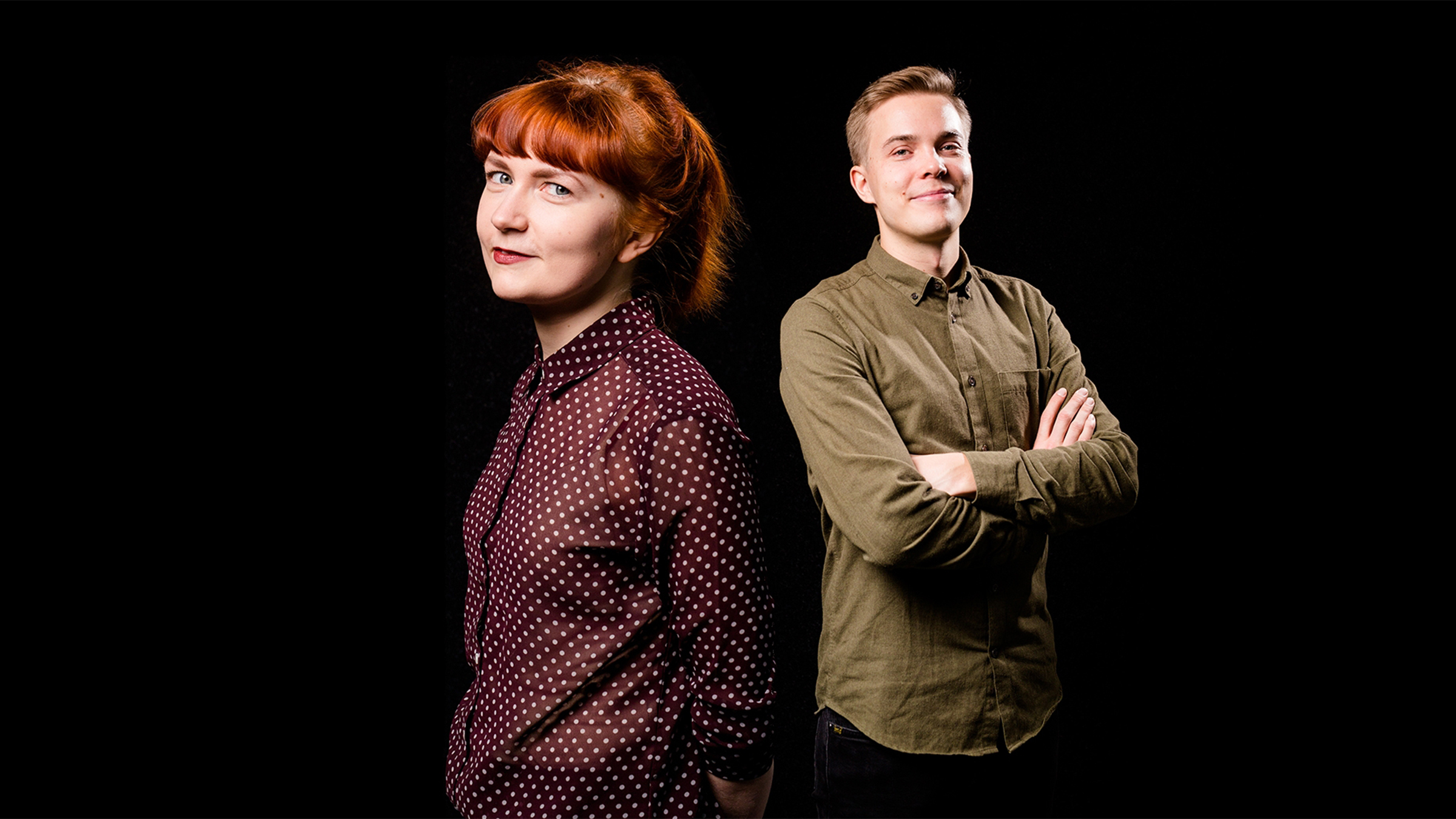The Resource-wise citizen survey commissioned by Sitra shows that sustainable choices have become more common in our everyday life in just two years. Over one half of Finnish people (53%) have consciously reduced their consumption for environmental reasons and now try to make responsible consumption choices. The figure has increased slightly since 2017. Young people aged under 30 in particular are pioneers in many environmentally friendly everyday activities.
Slightly more than one half of Finns (52%) say that, instead of owning things, they prefer to borrow what they need or lend their own things to others. Two years ago, slightly fewer people (49%) thought this was true about their everyday life.
Since the previous survey, young people in particular have become keener to borrow things than to buy them. On the other hand, an increasing number of people aged over 56 make an effort to buy what they need second hand when shopping. In the past few years, several applications and websites facilitating peer-to-peer lending or buying second-hand goods have emerged to boost the change in consumption behaviour.
The popularity of the KonMari method, or giving up things that are not needed, is clearly visible. As many as 62% of people in Finland make an effort to get rid of things they do not need. In 2017, the figure was 58%.
For example, the percentage of people favouring fair-trade products has risen from 29% to 36% and those favouring products that have been granted an environmental certificate has grown from 35% to 40%. Finnish people are now also slightly more likely to demand that shops include responsible options in their selections. In 2017, 15% of people reported they did so and now the figure is 18%.
Sustainable housing solutions breaking through in Finnish homes
More than one in five Finns already buy wind-generated electricity, which is six percentage points more than two years ago. The increase has been even greater among the under 30s, of whom 28% said they bought wind-generated electricity. In 2017, the percentage was 18.
Almost one in four Finnish people already have an air-source heat pump and one in ten a ground-source heat pump. Both have seen an increase of three percentage points compared with the survey two years ago.
The use of services related to sustainable housing has also become more common over the past two years. More and more people monitor their use of both water and electricity – the monitoring of consumption has increased most among young people under 30. Almost one in three young people monitor the electricity consumption of their housing through the e-monitoring services provided by their electricity supplier, while only 16% did so two years ago.
The popularity of joint use and sharing services related to housing has increased. Renting a summer house and renting out one’s own home through services such as Airbnb have both seen an increase of three percentage points among all respondents, while the increase among young people has been up to 10 percentage points.
Young people set the trend in a majority of sustainable housing solutions. It is especially interesting to see that up to one half of Finnish people aged under 30 report they have moved to live closer to their workplace or place of study, while the same figure was 35% only two years ago. The result also seems particularly significant because only 22% of all respondents have done the same.
More environmentally friendly food, less waste
The popularity of more environmentally friendly eating habits is increasing in general, which is visible both in the responses to the survey and in the choice offered by shops and restaurants. As the number of services offered has increased, people in Finland have become keen buyers of surplus food.
More and more people pay attention to the origin of food and try to reduce their food waste. They are interested in food that has been produced in Finland: up to 78% report they favour food made of Finnish ingredients. People also increasingly favour locally produced, ecological and seasonal food.
The popularity of plant-based dairy alternatives has increased in two years, as well. However, there is still plenty of room for growth as only one in four respondents use plant-based dairy alternatives and one in five make use of surplus food.
Respondents indicate that they are also very good at using the leftovers from the day before when eating at home. Up to 91% of the respondents are already used to making use of leftovers and put on their plate only as much as they can eat.
The popularity of ecological food has grown slightly compared with two years ago and one in three Finns now say they eat organic food. Vegan diets are more popular among respondents aged under 30; while 10% of young people followed a vegan diet two years ago, that percentage has now risen to 15.
People are beginning to travel more sustainably
For an ever-increasing number of Finnish people, it is also important to consider the environmental effects when planning their free time. Travelling habits are changing. The fascination of long-distance travel has decreased slightly because of environmental reasons: 59% of the respondents try to spend their holidays in Finland whenever possible and 54% would travel to Europe rather than to faraway places.
When they travel, people also want to travel for a longer time. A total of 40% of the respondents would like to travel less often, but for a longer time, while 36% were of the same opinion in 2017.
People’s travelling habits have also changed since the previous survey. In 2017, one in four respondents travelled by train on their holiday, but now almost one in three do so. Thirty-eight per cent want to avoid flying when travelling in their free time, while 33% reported the same in 2017. In addition to avoiding flying, the use of carbon offset services has increased in recent years and one in five respondents reported they compensated for the emissions of their flights.
It is not only holiday trips but also everyday mobility that has become more sustainable. One in three Finnish people say they go to work on foot or by bike. This phenomenon is already mainstream among young people since as many as 51% of those under 30 use muscle power to go to work.
Finnish people are now more familiar with the idea of shared-use cars: both the use of shared-use cars and renting out one’s own car have become more common over the past two years.
One in ten Finns reported that they use shared-use cars for occasional needs and 8% have offered to rent out their own car. Carpooling is even more popular as more than one in five Finnish people say they take advantage of carpooling when travelling.
The activity of young people is also prominent when it comes to shared transport services, with almost one in four people under 30 having used shared-use cars in their daily life and 37 per cent carpooling.
A boost needed for the change
According to Sitra’s 1.5-degree lifestyles study published in May, we should reduce our own carbon footprint to 2.5 tonnes of CO2e by 2030 to meet the climate targets. To achieve this, we need to make significant changes to our current everyday habits. In 2017, our average carbon footprint was four times greater than the target: 10.3 tonnes of CO2e.
The positive signal given by the results of the survey is that considerable changes can take place in just two years, at least in people’s attitudes. From the environmental point of view, the results have mainly swung in a promising direction and the change has not been a coincidence. Between the two surveys, there has been a significant rise in awareness generated by the publication of the Special Report of the Intergovernmental Panel on Climate Change (IPCC), more information, greater debate and climate elections.
Sixty-nine percent of those surveyed believe that consumption choices have an impact on the mitigation of climate change. However, just under half believe that sufficient services and alternatives are available to enable a sustainable lifestyle for everyone.
To make the transition to globally sustainable lifestyles possible, everyone is needed: households, companies, municipalities and decision-makers. Sustainable alternatives should be available and smart choices should be made as easy as possible for everyone.
It you are wondering about your own carbon footprint, you should take the Lifestyle test and familiarise yourself with the 100 smart ways to live a sustainable life. There are tips for everyone.
- The results of the Resource-wise Citizen survey: a comparison between 2019 and 2017 (PDF, in Finnish) and the results of the Resource-wise citizen: 100 actions survey (PDF, in Finnish)
- Read more about the results of the survey in the news release.
















Recommended
Have some more.